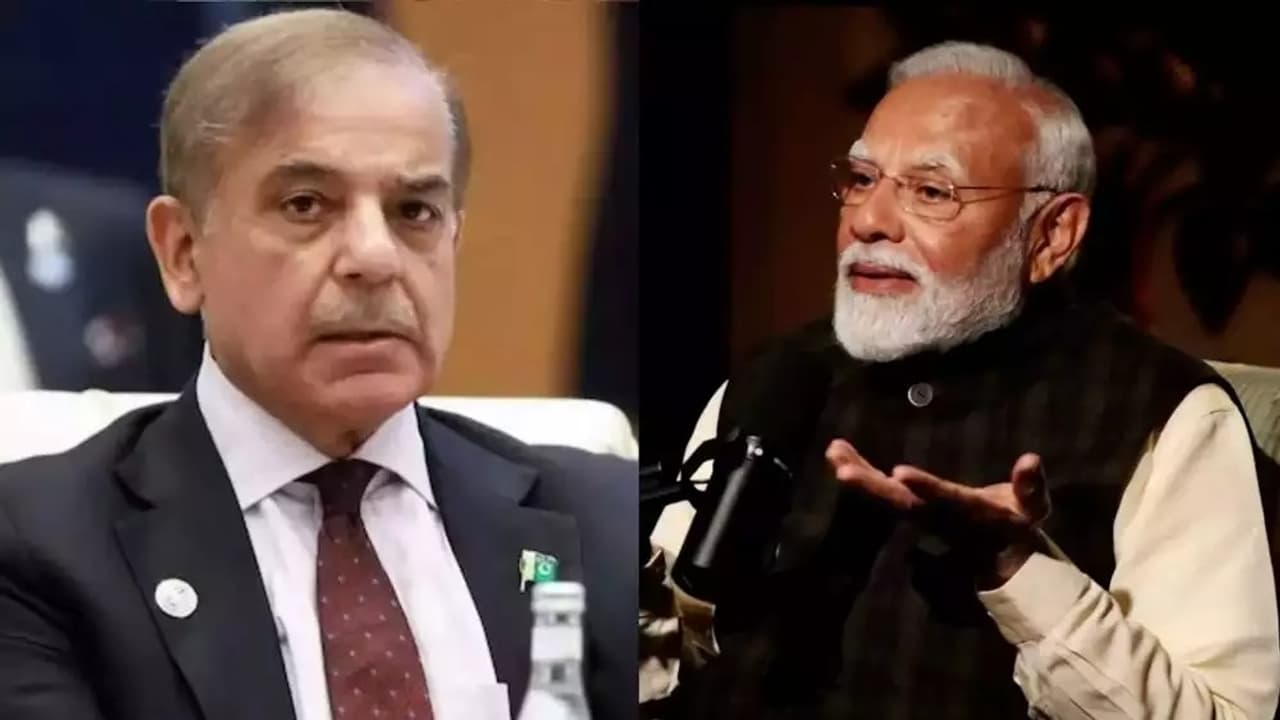Pahalgam terror attack has ignited severe India-Pakistan tensions, exposing security lapses, triggering military and cyber escalations, and risking full-scale conflict. Diplomatic ties are crumbling as global powers urge restraint and dialogue.
The horrific attack on April 22, 2025, in Pahalgam, Kashmir, where terrorists gunned down 26 innocent civilians and wounded 17, has pushed India and Pakistan to the edge of a dangerous showdown. This brutal act, linked to The Resistance Front, a shadow of the Pakistan-based Lashkar-e-Taiba, has shattered the calm in Kashmir and exposed cracks in India’s security promises.

With both nations trading fiery words, shutting borders, and flexing military muscle, the threat of a full-blown conflict looms large. As cyberattacks rage and fake news spreads like wildfire, the world holds its breath, fearing a nuclear-armed clash that could shake South Asia to its core.
Prime Minister Narendra Modi is in a tight spot. For years, his government has sold the idea of a peaceful, terror-free Kashmir after scrapping its special status in 2019. Heavy troop presence, tight controls, and bold claims of stability were meant to prove his point. But the Pahalgam massacre, the worst since Mumbai 2008, has torn this story apart.
Modi’s tough talk—vowing to hunt down the culprits—and actions like halting the Indus Waters Treaty or sealing the Wagah border show he’s under pressure to act big. His supporters, fired up by nationalist pride, expect nothing less than a strong strike. Anything weak could dent his image as a fearless leader.
Pakistan, meanwhile, is caught in a storm of its own. Its government, shaky and divided, denies any role in the attack, even as India points fingers at “cross-border terror.” The Indus Waters Treaty’s suspension, which hits Pakistan’s water supply hard, has been called “war by other means.”
Pakistan’s response—shutting airspace, blocking trade routes, and scrapping the Simla Agreement—shows it won’t sit quietly. With public anger rising and the powerful military itching to prove its strength, Pakistan’s leaders face a tough choice: stand firm or risk looking spineless. Small clashes along the Line of Control hint at bigger trouble brewing.
The fight isn’t just on the ground. In cyberspace, hackers are waging war. Indian and Pakistani cyber groups, like Indian Cyber Force and Team Insane PK (Pakistani hacktivist group, where "PK" stands for Pakistan), are hitting banks, schools, and key systems, causing chaos.
On social media, fake videos, doctored images, and wild stories—like claims of India staging the attack or Kashmiris being traitors—are pouring fuel on the fire. These lies are sparking real-world hate, with Kashmiri students facing attacks in Indian cities. This digital war is making people angrier, pushing both sides closer to violence.
Where is this heading? Right now, it looks grim. India and Pakistan are moving troops, ships, and jets, ready for a fight. Small skirmishes have started, and India’s demolition of “terrorist” homes signals a return to hardline tactics.
But Modi’s need to look strong and Pakistan’s refusal to back down could spark something bigger—airstrikes, border raids, or worse. If things spiral, the economic fallout, refugee crisis, and even the shadow of nuclear weapons could plunge the region into chaos.
The world is worried. The United Nations and the United States are pleading for calm, but with diplomats expelled and old agreements tossed out, there’s little room for talks. Both sides need to step back.
India must avoid knee-jerk moves like internet bans, which only stir more unrest, and focus on clear, open probes to cool tempers.
Pakistan must crack down on terror groups and show it’s serious about peace. Global powers like the U.S. and China should push for urgent dialogue to stop this slide into disaster.
India and Pakistan have danced this dangerous dance before, but the stakes in 2025 feel higher. The Pahalgam attack has lit a fuse, and without quick, sensible steps, it could burn down the fragile peace. Both nations must choose restraint over rage, talks over tanks. The alternative—a war nobody wins—is too terrifying to imagine.
(Girish Linganna, the author of this article, is an award-winning Science Writer and a Defence, Aerospace & Political Analyst based in Bengaluru. He is also Director of ADD Engineering Components, India, Pvt. Ltd, a subsidiary of ADD Engineering GmbH, Germany. You can reach him at: girishlinganna@gmail.com )


